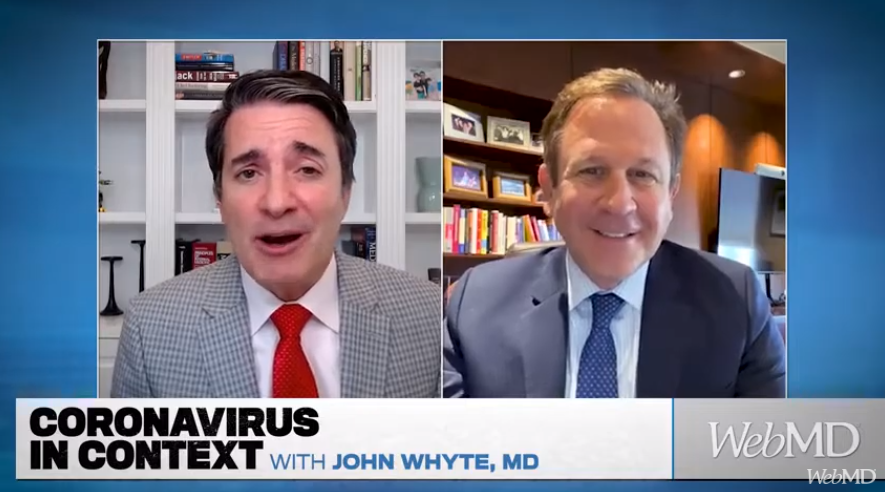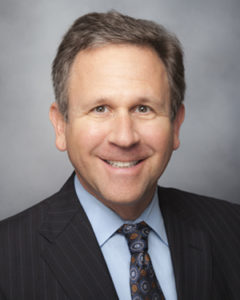The Permanente Federation co-CEOs share 7 strategies to build a trustworthy, affordable and accessible health care system for the next generation

Richard Isaacs, MD, FACS, discusses path ahead after latest COVID-19 surge with WebMD
In a follow-up interview with WebMD, Richard S. Isaacs, MD, FACS, CEO and executive director of The Permanente Medical Group, provided updates on the recent surge of COVID-19 cases in California, as well as how Kaiser Permanente is responding to the challenges at hand.

“When we last spoke, we were doing a victory lap in California and we were preparing for a surge on the East Coast,” said Dr. Isaacs, who also serves as president and CEO of the Mid-Atlantic Permanente Medical Group and co-CEO of The Permanente Federation. “We did an amazing job, but we’re now seeing the inevitable, and we’re seeing COVID-19 play out across the entire state.”
The video interview is a new installment in a series of conversations on coronavirus with WebMD’s chief medical officer John Whyte, MD, MPH, and industry leaders.
Informing COVID-19 patients between the ages of 18 and 49 about the severity of the virus is key to slowing its spread, Dr. Isaacs said.
He also touched on the important role that social determinants of health play in member and community outreach. “Kaiser Permanente is committed to improving the health of not only the population we care for, but the communities in which they live, and we’ve got a lot of innovative projects that we’re using to network and reach out to those folks.”
The efforts of the Permanente Medical Groups to address physician burnout during this time were also spotlighted by Dr. Isaacs. He noted the importance of creating a culture of “psychological safety” in which physicians can seek help through support programs.
The steps taken by Kaiser Permanente in caring for patients, communities, and their own medical teams can provide a roadmap for the health care community moving forward, Dr. Isaacs said. “I’m hopeful that this model of practice that I’m describing could actually transform the way that we deliver care.”
Note: To watch the full interview, visit the WebMD YouTube channel.


